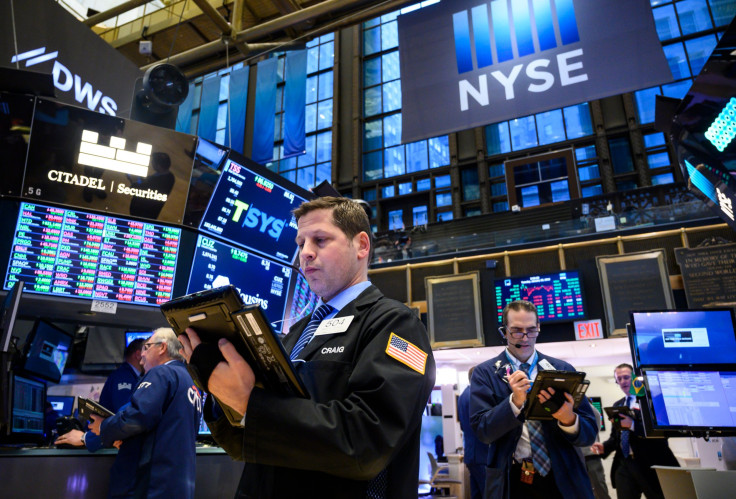Lower Open Likely For US Markets, Oil Down

Lower open likely for the U.S markets, Tuesday after the U.S. stock index futures looked down in the morning.
At 5:40 a.m. ET, Dow futures showed a decline of more than 130 points, while futures on the S&P and Nasdaq were also downcast.
Contrary to expectations, Wall Street wrapped up Monday’s session slightly lower after recouping early losses.
Most traders are optimistic that Beijing and Washington will eventually clinch a deal despite Trump’s Sunday declaration to slap more tariffs on Chinese imports.
Meanwhile, China confirmed it would continue to engage the U.S on trade talks. Chinese Vice Premier Liu He will be arriving in the U.S on May 9 with a delegation.
This has brightened hopes that talks may move to a trade agreement despite the duties announced by Trump.
From the corporate world, AB InBev, Mylan, Cinemark, Lyft, Petrobras, and Western Union will report the latest earnings.
The upcoming data on Tuesday will include job openings and labor turnover survey (JOLTs) and consumer credit figures.
Oil down
Oil prices fell Tuesday as doubts over U.S.-China trade talks raised concerns over global growth and demand situation. But the U.S. military deployment in the Gulf to deter Iran dipped the concerns on demand and augmented supply concerns.
Brent crude oil futures shed 40 cents to hit $70.84 per barrel at 0850 GMT below the last close.
The U.S. West Texas Intermediate crude futures hit $61.97 a barrel after losing 28 cents.
Oil supply in the global market continues to be tightened by OPEC’s voluntary cuts and the U.S sanctions on the oil industry of Iran and Venezuela. But the rising crude production in the U.S is stopping a price spiral for the time being.
Asian stocks mixed
The stocks in Asia were mixed on Tuesday amid renewed tensions between the U.S. and China over the threat of fresh U.S tariffs on Chinese goods from Friday.
On Monday, Chinese markets plunged more than 5 percent. But on Tuesday efforts were visible to make a recovery. The Shanghai Composite rose 0.69 percent and the Shenzhen component added 1.63 percent.
“I think what’s quite surprising here is just that people are surprised by what’s happened over the last few days,” Alexander Treves, managing director at J.P. Morgan Asset Management, told CNBC referring to Trump’s threat of new tariffs on Chinese imports.
On Tuesday, Hong Kong’s Hang Seng index added more than 0.3 percent on the final hour of trading. But Japan’s Nikkei 225 slipped 1.51 percent and the Topix index declined 1.12 percent. South Korea’s Kospi fell 0.88 percent, while Australia’s ASX 200 rose 0.19 percent.
Gold up
Gold prices rose Tuesday as trade tensions between the U.S and China flared up after Trump threatened to slap new duties on Chinese imports. This pushed up demand for gold, which is a safe-haven asset.
Spot gold soared 0.2 percent to hit $1,283.41 per ounce, as of 0731 GMT. The U.S. gold futures moved up 0.1 percent to touch $1,284.50 an ounce.
© Copyright IBTimes 2025. All rights reserved.



















